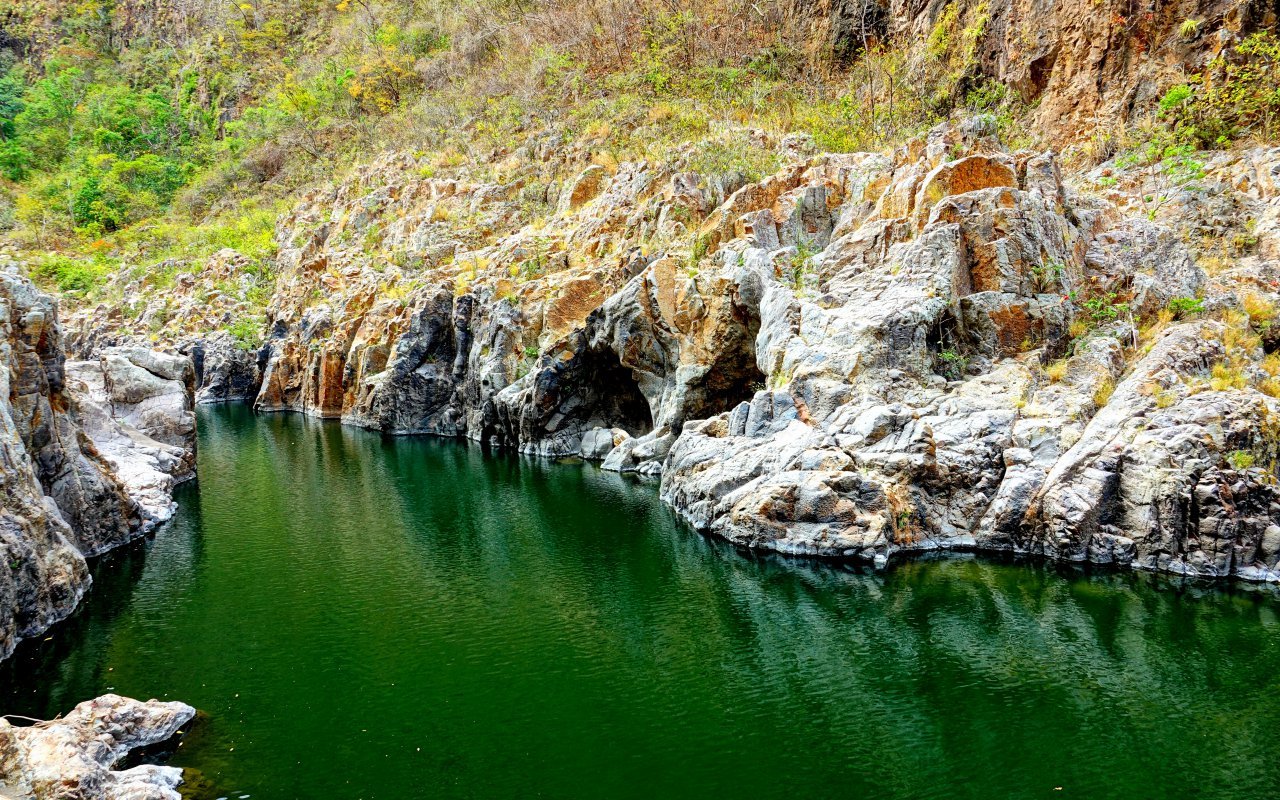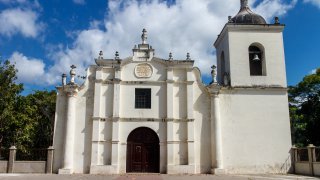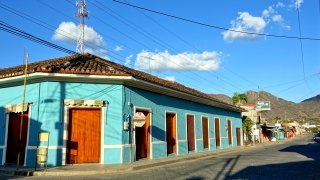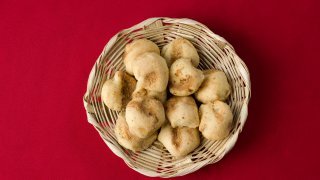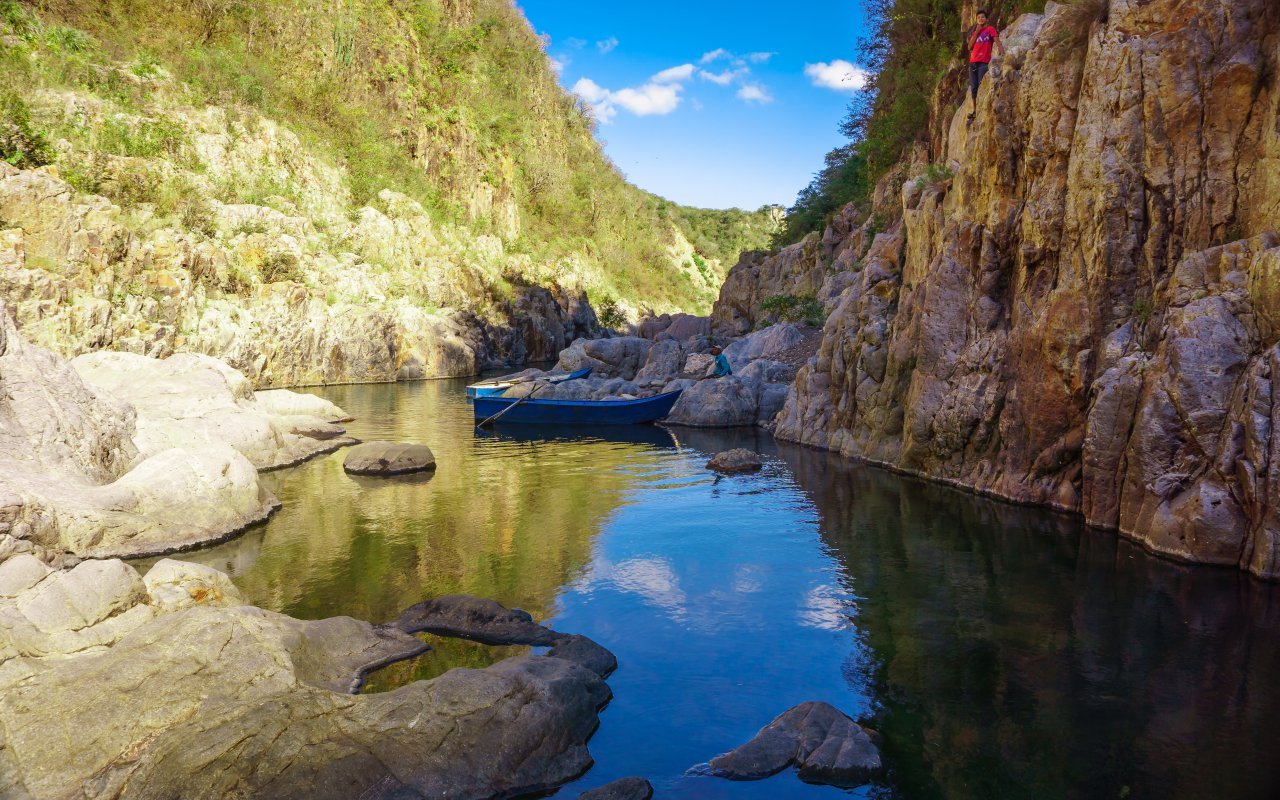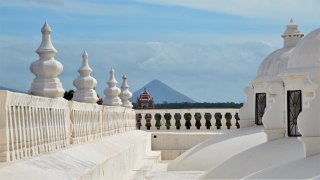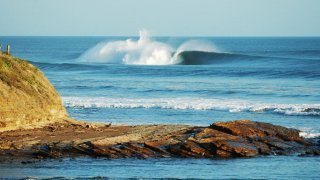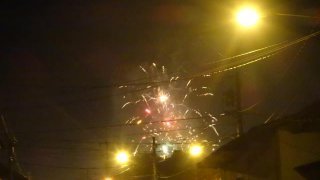The small town of Somoto, county capital of Madríz, is quite peaceful. It is known as the “city of donkeys” because of the strong presence of this domestic animal in its streets. But Somoto is especially popular all over the country for its famous corn fritters, the rosquillas.
Not far from the town is the religious sanctuary of Cacaulí and the impressive geological formation of Somoto Canyon, otherwise known as Namancambre.
Geography and climate
Located about 200 km north of the capital Managua, Somoto is the last stop before the El Espino border crossing with Honduras. The city of about 40,000 inhabitants is also the capital of the department of Madriz, which is composed of nine municipalities.
Its climate is typical of the dry tropics and offers pleasant temperatures all year round, around 25ºC.
What to do in and around Somoto?
You can discover the small town of Somoto by walking through its streets with houses built in adobe of colonial style. You can then go to its historical church, built in 1661, which according to historians, is much older than the Cathedral of Leon and where the national poet Rubén Darío is buried.
Located in the central park, the Piedra Pintada Museum exhibits interesting and well-preserved archaeological pieces found in the city and its surroundings.
If you have a sweet tooth or are hungry, stop by one of the city’s rosquilla workshops to watch the artisanal process of making these tasty corn fritters, which are well known throughout Nicaragua.
Not far from the city, you can discover the Somoto Canyon (see below) and the sanctuary of Cacaulí, where in 1990 a small child is said to have seen an apparition of the Virgin Mary.
Somoto Canyon
The Somoto Canyon, with its walk and jumps in clear water, is almost unavoidable if you travel between Leon, Estelí and Matagalpa. It is one of the oldest rock formations in Central America, estimated to be between 5 and 13 million years old, and one of the most impressive geological landscapes. It is only recently that the area attracts tourists, sportsmen and adventurers, the canyon having been discovered in 2004 by Czech and Nicaraguan scientists. This canyon is located at about fifteen kilometers from the city of Somoto. It is 5 kilometers of deformations of volcanic rocks of a height of 80 to 100 meters crossed by the Coco river, to discover during or after the rainy season. Indeed, the canyoning has less interest at the end of the dry season, in April.
The area has recently been declared a national monument, valued and protected by local geologists. There is a great potential for entertainment but especially for exploration. It is not new, families living here have been moving regularly to the canyon to refresh themselves in the clear waters, next to the orchids, cacti and small reptilian and flying animals, sharing the rocky asperities bordering the torrent.
